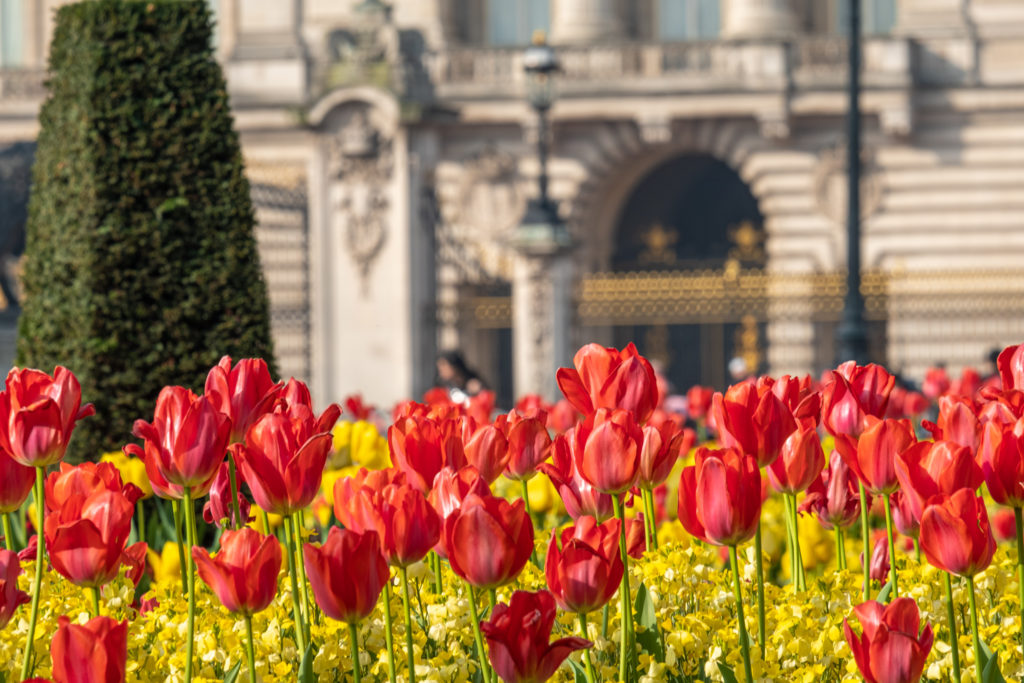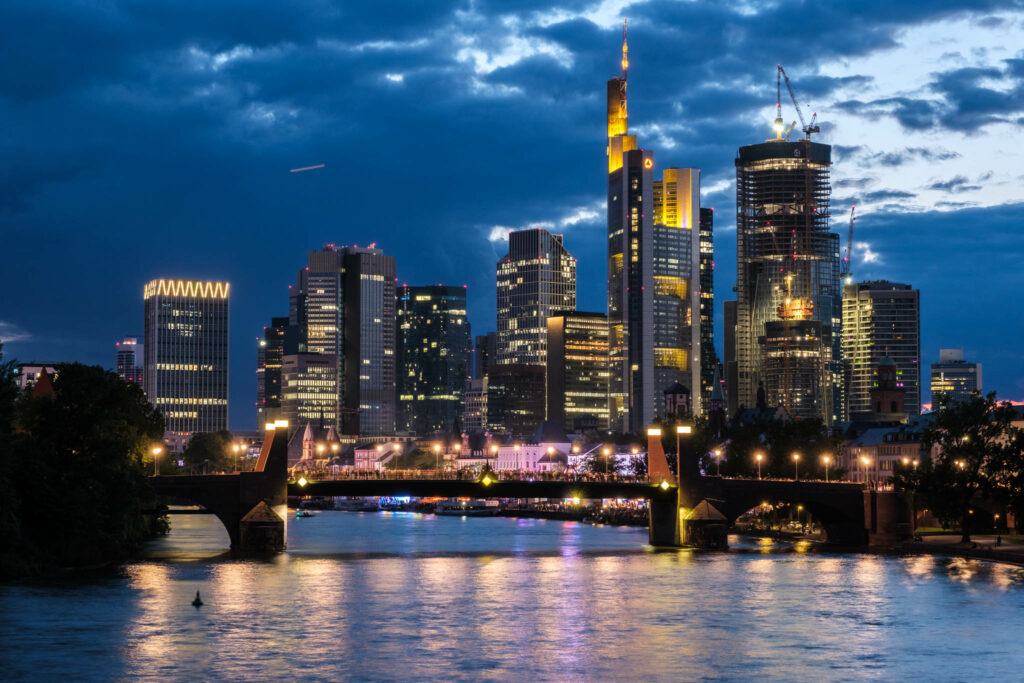Close your eyes. Now conjure up these images. The majesty of the Taj Mahal, a nomad on a camel walking in front of the pyramids of Giza, the sweeping arc of Horseshoe Bend Canyon. It’s not difficult to do, because we have seen them a thousand times. They are on our Instagram feeds, on pages of magazines, even in motion form in TV adverts.
These types of travel images are popular with media content creators because they show the full view of the place. They don’t expect the viewer to think. They are cliches.
Now, let’s take a step back from the cliches feed to you by the mainstream and social media spheres. Take a look at the work of some world-renown travel photographers. Yes, you will see a smattering of beautiful, all-encompassing “cliche” shots. But there will also be something else. A lot of detail, close shots. Shots that tell a story of a place or person.
Today we are going to look at isolating details in travel photography.
Why You Should Be Isolating Details
Take a close look at a good travel documentary film. The first thing you should notice is the sheer variety of different shots even in a single location. Next, you will notice that along with the wide establishing, cliche shot, there will be many more, mid and close detail shots. All these shots will be linked together by using elements from one in the next. For example, a wide shot of a Buckingham Palace with spring flowers in front may be linked to a close detail shot of a flower with the palace out of focus in the background. It is storytelling and there is no reason why still photography should not follow the same technique as videography.


There is another reason for isolating details in travel photography. It will make you a better photographer. It will inspire you to not only look at the bigger picture, the cliched picture but also to look closer at that subject. You will soon find yourself spotting little details, all of which will look great as travel photographs.
What Equipment Do I Need?
For the most part, what you have in your camera kit already will be more than enough. The obvious lens choice is a moderate telephoto, something like an 80-200mm or 70-30mm. This will allow you to zoom in on details in buildings or get candid shots of locals without being seen. They are also very handy on cityscape type shots where you can zoom in and isolate details in a city skyline. It’s a very useful lens to carry with you on a travel shoot but despite being the obvious choice, it's not always the best choice.
So what are some other lens options you could think about?
For starters, a good, fast moderate wide-angle is a very good choice. Its wide field of view will allow you to get those all-encompassing, establishing shots. However, the wide aperture will also allow you capture defocused and suggestive backgrounds.

A macro lens is always a nice idea if you have space in your camera bag. There are some travel details so small that only a macro will do them justice.
A tripod is always a handy piece of equipment to carry especially for isolating details. It allows you to compose your shot carefully without the need to contort your body in all sorts of uncomfortable positions. It is also very useful for longer, telephoto shots, especially when the light levels are poor.
Suggesting A Location
One of the most powerful creative reasons to isolate details is to suggest or hint at a location. This a great way to engage the viewer, get them wondering exactly where the shot was taken from. There are many ways to do this. Take a look at this next shot.

It’s clearly France, the blossom on the tree is suggesting spring, and the grandeur of the building behind is suggesting Paris. You know it’s Paris in the springtime without any single element telling you that. How about this one?

In a similar vein to the previous shot, the flag tells us the country, the familiar silhouette of the building behind tells us where and the clouds in the sky hint at the typical weather in this place. Here is another example.

A red bus, a familiar dome reflected in the glass of a modern building. It’s an icon, a famous building and yet you only know this location by adding up the sums of the picture.
Here is an example of using a wide lens, in this case, 23mm, a wide aperture to isolate a subject yet with the defocused and entirely recognizable background. The raindrops on the flower only add to the sense of location.

And one more that demonstrates the power of a defocused background. Different country, different city but very recognizable skyline.

In this shot, the detail I have isolated is the tourist. Yet the background is instantly recognizable and the whole image is nicely framed by the stone doorway.

Avoiding The Cliche
What all these images, I hope I have demonstrated is that it is possible to take travel shots of very famous locations without actually having that location as the main subject. In effect, we have avoided the cliche, established a view of the location, and shot something that is a little more thought provoking and perhaps a little more creative.
That’s not to say there isn’t room for the cliche shots. If we go back to what we said at the top of the article, travel photography should tell a story. It should be a blend of the expansive and the detailed. Many of us do not pay attention to those details yet, shot well and creatively they are every bit as important to a location as the wide shots.
You don’t have to travel to apply this to your travel photography. Try being a tourist in your own town, something many of us have been forced to do by this current pandemic. Looking for those interesting, quirky details in your home city will train your creative mind to look for them when you can travel further.




